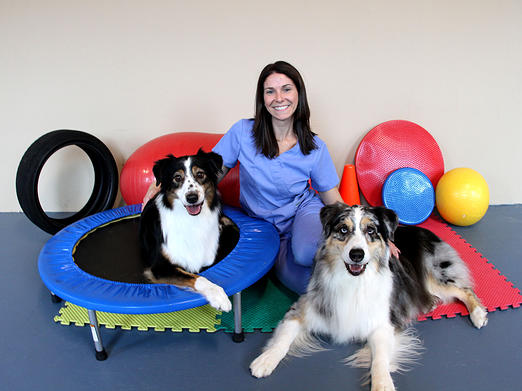- Home
- Pet Owners
- Dog Advice
- Equipment
- Equipment for Out & About
Equipment for Out & About
What are the essentials I should have with me when I’m out and about with my dog?
While there is currently little available research on the impact of different equipment on dogs from a behavioural perspective, some equipment does appear to be better than others in terms of reducing risk of injury and aiding in polite leash walking skills.
Regardless of whether excessive pulling bothers you or not (perhaps you have a small dog), PPGA recommends you invest time into training loose lead walking skills or into a harness that takes the pressure off the throat. Many trainers are now recommending the use of Front Attach Harnesses to aid in loose lead walking training. These are harnesses that allow the lead to clip onto the front breast-plate and appear to reduce how much dogs can pull, but also turn them around. Front attach harnesses work well for all dogs (regardless of size), and most dogs tend to accept them incredibly easily, unlike other pieces of equipment like head halters. Take the time to ensure your dog loves the equipment you use by pairing putting it on with treats, attention and games. It’s also important to ensure your equipment is appropriately fitted, AND that it grows as your dog grows. Many training clubs will now fit equipment they recommend for you. Equipment will never replace training, but it can assist in making your training more efficient. There are lots of types of equipment available to assist in training, for more information on equipment to avoid – see here: Equipment to avoid |


 Excessive pulling can increase intra-ocular pressure in dogs (Pauli et al, 2006, DOI: 10.5326/0420207), among other potential injuries to the sensitive tissue in the neck and throat.
Excessive pulling can increase intra-ocular pressure in dogs (Pauli et al, 2006, DOI: 10.5326/0420207), among other potential injuries to the sensitive tissue in the neck and throat.